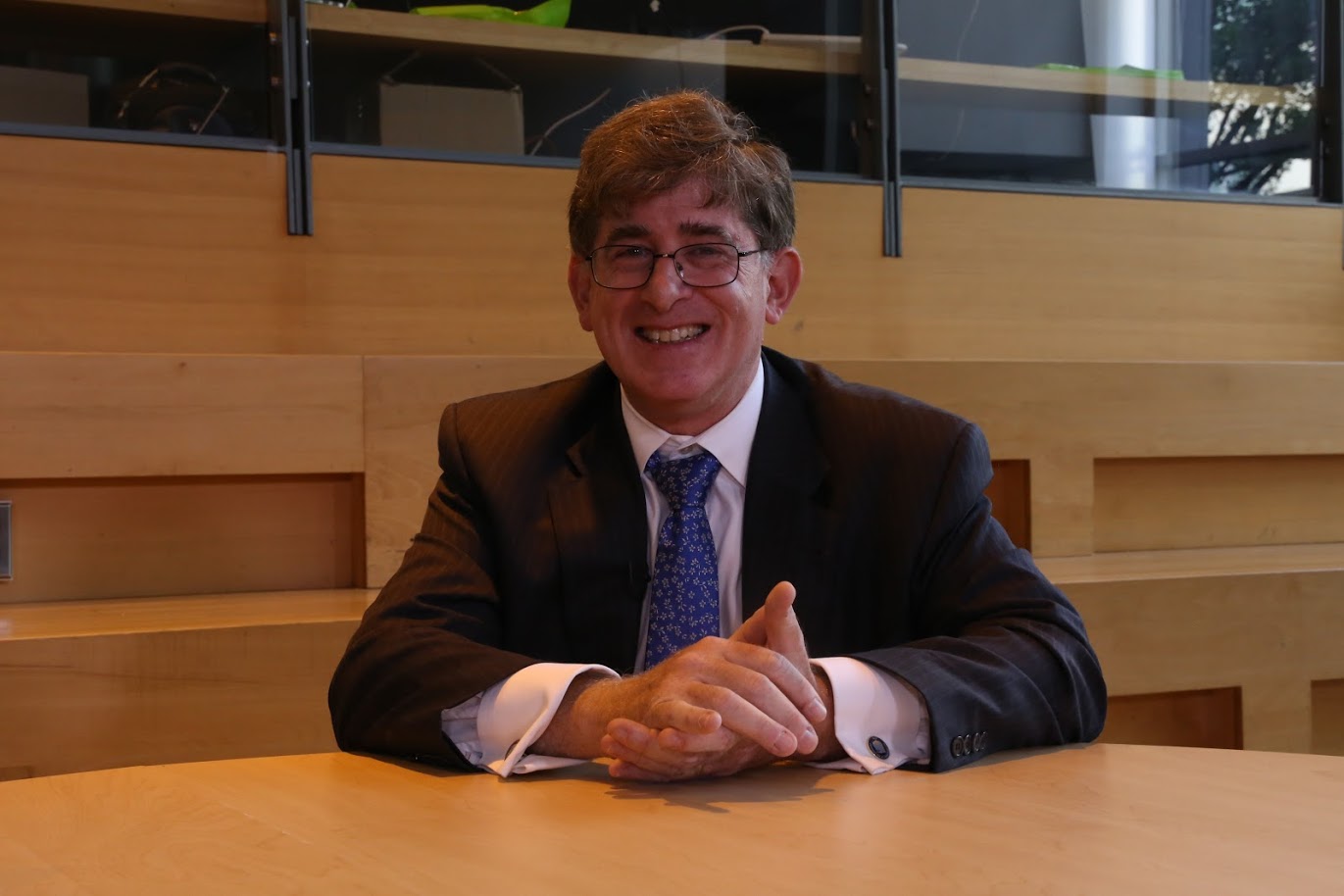 NEWS
NEWS
 NEWS
NEWS
 NEWS
NEWS
It’s easy to get into a heated discussion over what’s most important when it comes to data analytics. But according to David Blaszkowsky, former senior VP and head of data governance at State Street Bank, what’s most important is something easily overlooked in the hustle and bustle of everyday work life: the data culture within your organization. You can instill and try to enforce as many rules regarding the collection of data as you like, but if you don’t have a culture within the organization that truly believes in the importance of data, it will eventually fall by the wayside.
This means organizations truly have to understand what their goals and missions with the data are. “It’s so much easier if from the beginning you’re thinking about what that data ought to be, what it ought to mean, how you want to use it, and what the implications are to how you should collect it and maintain it,” said Blaszkowsky. You can have plenty of well-crafted analytics systems in place, but what it really comes down to is the data itself and what you intend to do with it.
Blaszkowsky spoke with Stu Miniman (@stu), host of theCUBE, from the SiliconANGLE Media team, during the MIT CDOIQ Symposium taking place at the MIT Campus in Cambridge, MA.
When asked how to predict future financial disasters, Blaszkowsky emphasized that you can’t predict such a thing with any certainty, but you can identify when risk factors are emerging.
“First, identify the types of analytics required to identify risk, then standardize the data needed to populate those analytics,” he said. However, cleaning up effectively after a disaster is something learned over time, he added. Using Blaszkowsky’s strategy is a great way to prepare for such a disaster, as well as having systems in place if there is an unfortunate event.
As someone who’s attended many of the MIT CDOIQ Symposiums over the years, Blaszkowsky has seen it grow, as the questions changed from ‘How do we find our data?’ to evaluating use cases.
Another reason he really enjoys the conference each year is the sharing of information and best practices between public, private and academic sectors alike. “It’s phenomenal,” he added.
Watch the full interview below, and be sure to check out more of SiliconANGLE and theCUBE’s coverage of the MIT CDOIQ Symposium.
Support our open free content by sharing and engaging with our content and community.
Where Technology Leaders Connect, Share Intelligence & Create Opportunities
SiliconANGLE Media is a recognized leader in digital media innovation serving innovative audiences and brands, bringing together cutting-edge technology, influential content, strategic insights and real-time audience engagement. As the parent company of SiliconANGLE, theCUBE Network, theCUBE Research, CUBE365, theCUBE AI and theCUBE SuperStudios — such as those established in Silicon Valley and the New York Stock Exchange (NYSE) — SiliconANGLE Media operates at the intersection of media, technology, and AI. .
Founded by tech visionaries John Furrier and Dave Vellante, SiliconANGLE Media has built a powerful ecosystem of industry-leading digital media brands, with a reach of 15+ million elite tech professionals. The company’s new, proprietary theCUBE AI Video cloud is breaking ground in audience interaction, leveraging theCUBEai.com neural network to help technology companies make data-driven decisions and stay at the forefront of industry conversations.